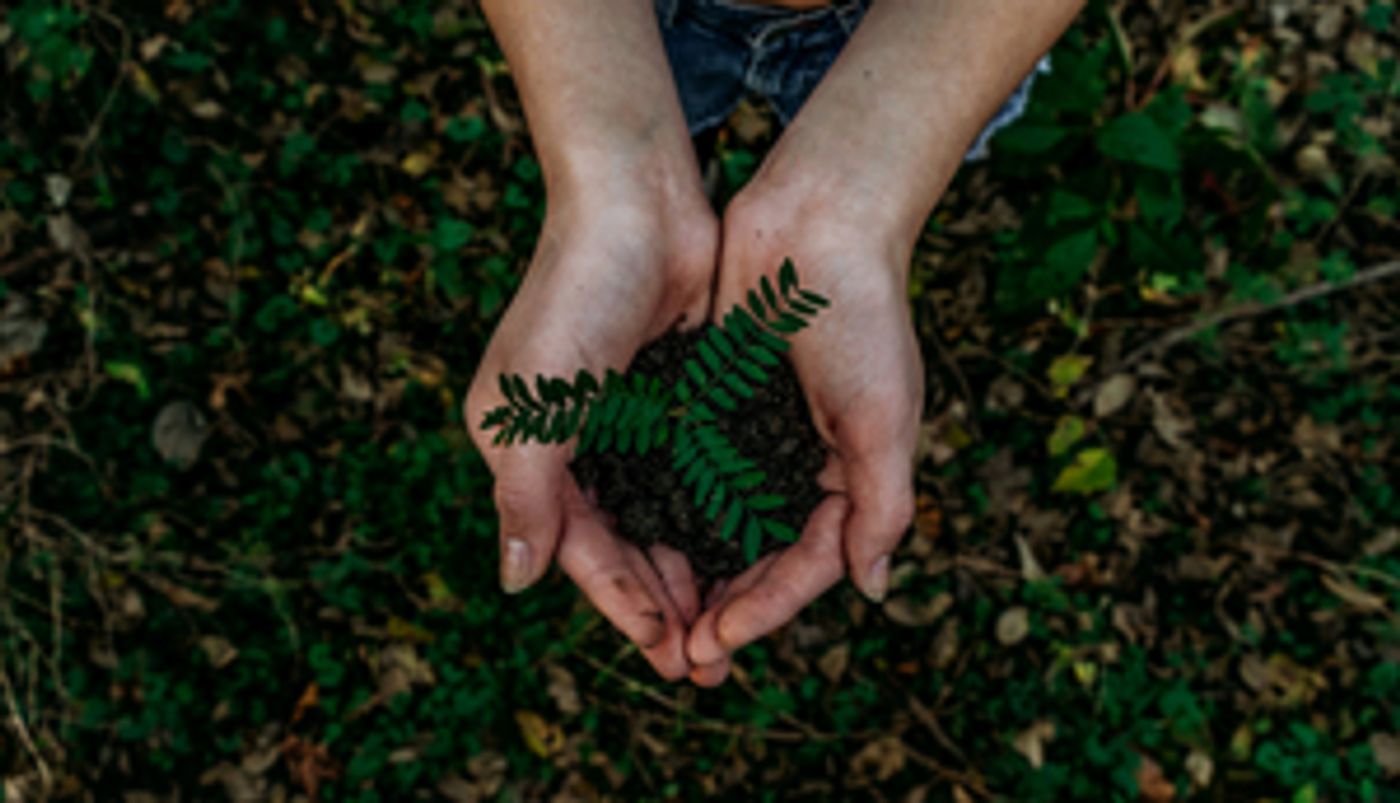Student Blog: Can Theatre Be More Eco-Friendly?
Happy Earth Day! Our beloved theatre uses a lot of resources. How can we make it more sustainable?

Putting up a show use up a lot of resources. Manpower, money, electricity, materials for sets, props, and costumes. We take for granted all these disposable resources. There are a lot of companies out there that have been eco-friendly with their projects but is that enough? Even though our industry does not make up a high percentage of waste, it got me wondering if there is anything that we can do to make theatre more sustainable.
Being sustainable is not an easy thing to do, even as an individual. Especially for smaller theatre productions, where fundings are limited, it is even harder to be sustainable. Broadway shows run for a long period of time, so the materials they use are more durable and require less replacement. They also could afford storage and they donate costumes to TDF Costume Collection. They even have Broadway Flea Market and Grand Auction organized by Broadway Cares/Equity Fight Aids where they donate items from the show and fans would keep them as collectibles. These are the ways they make the costumes and props last longer.
For the educational institutions, well at least for my college, we have the props, costumes, and sets warehouse. This is where we store years of productions props, costumes, and sets in. In smaller productions, we reuse as many items available in The Warehouse as possible before purchasing additional items. But for certain productions, especially graduation shows and big shows that have very specific visual aesthetic, we have to purchase new items. We as student performers also will contribute our wardrobe and props for shows. For sets, it's quite common to use NIVOflex in school for big sets, and all they have to do is cover the NIVOflex to suit their set. Therefore they do not need to build many sets all the time.
I've also done productions with an amateur dance group and their resources are limited. As much as possible we will have to use costumes and props from previous productions or from our own wardrobe. Luckily for dance productions, sets are minimal because we need a larger area to dance in. When it comes to costume design, the designer will design something that is timeless, versatile and could be mixed and matched with other tops or bottoms.
I think that it is important for designers to design their work with sustainability in mind. I did a small production in school where we used recycled cardboard boxes for the set. We gathered up more than 100 cardboard boxes over 2 weeks to get the set that we wanted. These materials will have a longer lifespan and we get to be creative with the limited budget and materials that we have.
On the production side, although it is important to have physical copies of scripts and scores, I personally prefer to have them on a tablet because it is cleaner. I normally need them only before rehearsals to work out my actions, lines, and character work but the moment I get into the rehearsal, I no longer need them, therefore a soft copy would suffice. My Into The Woods libretto and scores used up more than 200 pieces of paper per person and multiply that by 30 casts and crews, that is a lot.
I think that there are a lot of ways we can manage the sustainability of theatre and it is hard for just one individual to do so. But if we work together and ingrain the sustainability culture in our work, we will eventually make a huge difference. When we create art, we want to create an important message, and what kind of message will we imply if we are not sustainable.
Videos


